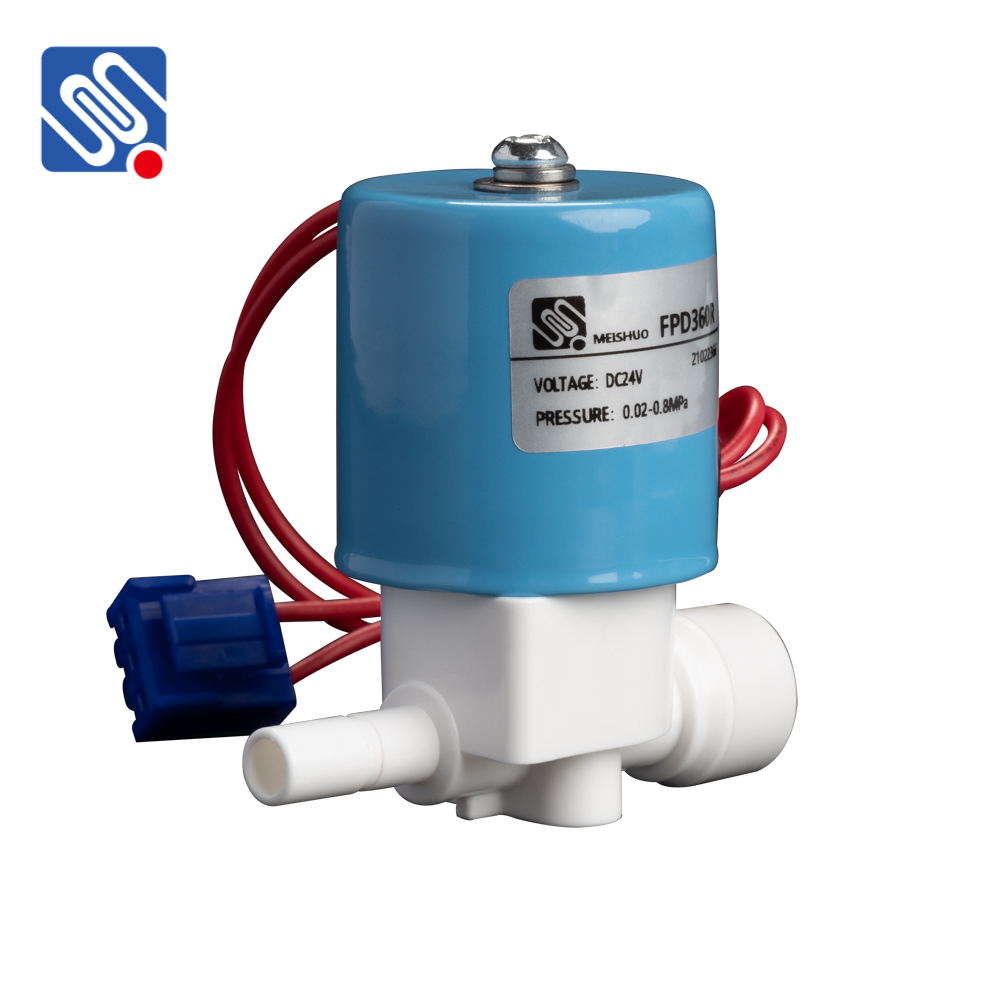Watering systems are essential for maintaining healthy lawns, gardens, agricultural fields, and landscapes. A key component in these irrigation systems is the solenoid valve, which controls the flow of water through the system. The watering system solenoid valve is a critical piece of technology that enables efficient water distribution, minimizes waste, and ensures that plants receive the right amount of water at the right time. In this article, we will explore the function, benefits, and importance of the watering system solenoid valve in modern irrigation practices.

What is a Watering System Solenoid Valve? A solenoid valve in a watering system is an electrically controlled valve that regulates the flow of water through the irrigation system. It is powered by an electromagnet (solenoid) that opens or closes the valve when an electrical current passes through it. These valves are typically part of automated sprinkler or drip irrigation systems. When the system is activated by a timer, controller, or sensor, the solenoid valve either opens to allow water to flow or closes to stop the flow, ensuring that water is distributed to specific areas as needed.
Leave a Reply